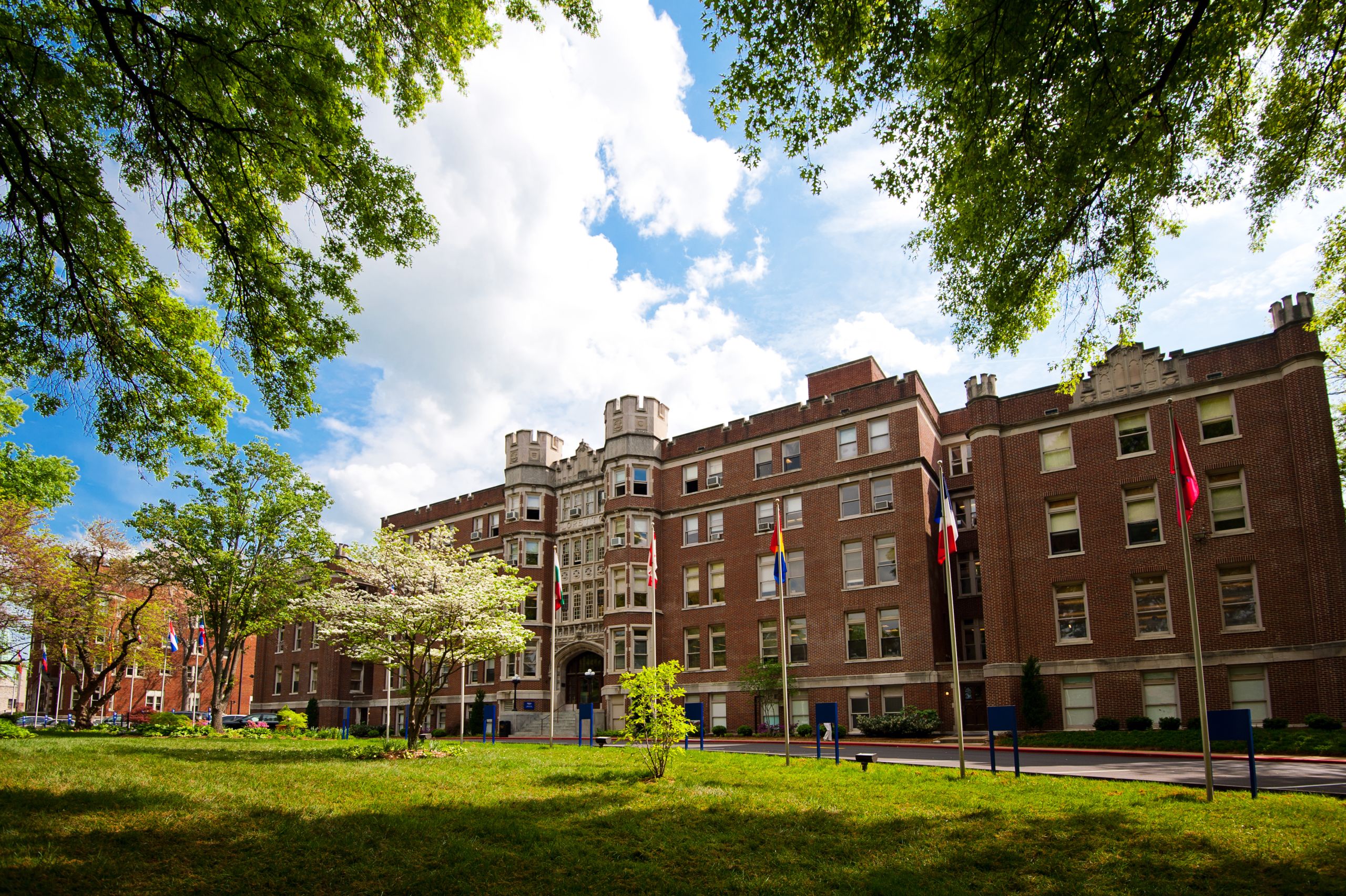Ready or Not, Higher Education is Changing
Webster University President Elizabeth (Beth) Stroble outlines five key steps to respond to new demands in higher education




The last decade of disruption in higher education has made one thing clear: We must constantly innovate to meet the rapidly evolving needs of our students and the communities they will lead around the world. That world leaves us, and them, no choice: their lives and careers are being shaped by emerging trends in technology, big data, and artificial intelligence that change faster than traditional models of curricular evolution can keep up.
At the same time, humanity’s most pressing issues — hunger, poverty, security, inequality, health, and education — make preparing students as global citizens an urgent issue and increasing understandings of one’s self and others a priority.
These issues demand innovations in academic programs, operations, partnerships, and methods of instruction that assure both access and success for increasingly diverse student populations. The need for ongoing, lifelong learning is increasing at the same time that economic conditions have challenged students and their families, making affordability and value important concerns for them and for us.
As a result, it is imperative that universities prioritize a diverse and inclusive learning environment that is accessible, affordable, and responsive to the variety of backgrounds from which our students come and the complex multicultural world where they will spend their careers. Over my 10 years as president, we have deepened our understanding of what it means to hold diversity and inclusion as a university’s core value and greatly expanded our initiatives in response. We’ve created the Office of Diversity and Inclusion, hired our first chief diversity officer and her successor, and through dialogue with students have formed an annual regional conference — now in its fourth year — on diversity and inclusion topics.
The financial impact of the challenges facing the higher-education industry demands that every organization mobilize available resources to address the continued challenges in its own way. No single solution, no shortcuts, no blind optimism that tomorrow will be a better day will assure the organization’s or industry’s sustainability, growth, and resilience.
But in this environment, the universities that thrive will:
1) Offer learning credentials in certificate or non-degree formats in addition to traditional degrees.
A study released in December 2018 by Northeastern University’s Center for the Future of Higher Education and Talent Strategy found that nearly half of employers (44 percent) report that they have increased the level of education preferred or required for the same job roles over the last five years, while 64 percent of HR leaders believe the need for continuous lifelong learning will demand higher levels of education and more credentials in the future.
2) Expand partnerships with community colleges, businesses, and community partners to build predictable education pathways.
These evolving and non-degree employer demands require strategic partnerships. At Webster, we have grown our articulation and dual admission agreements with community colleges, created cohort programs that serve corporate employees’ needs where they are, and created a Center for Innovation and Professional Development to incubate new programs and forge new partnerships.
3) Provide online and technology-supported hybrid options to reach students more effectively.
While 38 percent of undergraduate students prefer a completely face-to-face learning environment, 55 percent prefer a blended environment, according to the 2018 Educause Almanac for Undergraduate Student and Technology Survey. At Webster, our online programs first launched in 1999 have continued to evolve with both fully online programs and certificates as well as traditional programs that offer a flexible blend of face-to-face and online courses.
4) Support students’ education with funds that enlarge opportunities for students who are underserved.
Webster has increased our emphasis on both institutional and privately funded scholarships. In the past decade we have doubled the number of endowed scholarship funds for diverse populations, increased the number of fully endowed scholarship funds to recruit international students, and increased scholarship support for students to study abroad by a factor of five.
5) Expand forms for study abroad and international campuses/partnerships to meet the need for globally educated students here and internationally.
In addition to the renewed emphasis on scholarship support for study abroad, Webster has created a varied suite of programmatic offerings to make study abroad at our campuses as accessible as possible. These range from U.S. students who spend the majority of their undergraduate experience “campus hopping” to graduate or undergraduate students who participate in “hybrid” online courses that include a short-term study abroad component – in summer or over spring break, for example – that bring them to an international location where they meet their classmates from around the world.

Elizabeth (Beth) Stroble, Webster University President
Elizabeth (Beth) Stroble, Webster University President
Though Webster has been internationally oriented since its founding in 1915, our signature network of international campuses truly took off with the 1978 opening of our campus in Geneva, Switzerland.



In the 40 years since, our network has grown to include Vienna, Austria; Leiden, the Netherlands; multiple locations in Thailand; and most recently, over the last five years, to Ghana, Greece, and Uzbekistan.
The result is a network that inherently promotes faculty and student mobility, with programming that encourages intercultural exchange. These locations are intimately connected with the surrounding communities, providing opportunities for local students as well as our visiting study-abroad students to engage in community service and enrichment activities such as working with refugee communities in Switzerland, Greece and Ghana, and with agencies fighting human trafficking in Leiden and St. Louis.
We make these campuses accessible to other colleges and universities through our Webster International Network Schools (WINS) program, where over 80 partner colleges and universities can send students to these campuses for their own study-abroad experience. Today’s financial and market realities in higher education mean we all must seek more partnerships like these to make the best, most affordable options available to our students as they prepare for the market demands of tomorrow.



